Introduction
Cookies are supposed to be the sweet little hugs that come out of your oven, right? But when they turn out flat and lifeless instead of fluffy and satisfying, it feels like a mini baking disaster. I mean, what’s worse than expecting golden, chewy goodness and ending up with cookie pancakes? This guide dives into all the head-scratching reasons behind Why did my cookies come out so flat?—and, more importantly, how to fix them. Whether it’s a measuring mishap, butter gone rogue, or the dough just refusing to behave, we’ve got your back with tips, tricks, and a sprinkle of humor. Let’s crack (or whisk) this cookie mystery wide open, starting with the most common causes.
Common Reasons for Flat Cookies
Flat cookies don’t just happen out of nowhere—they’ve got reasons. Let’s walk through the usual suspects that might be sabotaging your cookie game. Spoiler alert: It’s not always the recipe’s fault!
Why Did My Cookies Come Out So Flat? Common Causes
You wouldn’t think baking cookies was a science experiment, but it kind of is. Every ingredient—flour, sugar, butter, eggs—has its role in keeping cookies fluffy and thick. When these ingredients don’t play nice together (or someone throws off the balance), things can go flat. For instance:
- Butter melts too quickly in the oven, and there’s nothing left to hold the shape.
- Sugar creates moisture and caramelizes, but too much can make the dough spread.
Honestly, it’s like trying to keep a team project from falling apart—you need balance.
Baking Mistakes That Make Cookies Go Flat
Alright, confession time: Are you eyeballing ingredients? No shame; we’ve all done it. But here’s the deal—baking is more math than art. If you add too much butter or too little flour, your cookies might not have the structure to stay upright.
- Flour adds stability, so skimping leads to thin, sad cookies.
- Butter gives richness, but too much makes them oily and flat.
Pro Tip: Use a kitchen scale! It might feel fancy, but it saves your cookies from a meltdown.
Incorrect Oven Temperature
Here’s one that sneaks up on you: your oven’s temperature might be lying. Yep, even if you set it to 350°F, it might actually be hotter or cooler. When the oven’s too hot, butter melts before the cookies can set, leading to… well, puddles.
What to do?
- Get an oven thermometer to check the real temp.
- Preheat like a pro (don’t skip this step—it’s crucial!).
Ingredient-Specific Causes
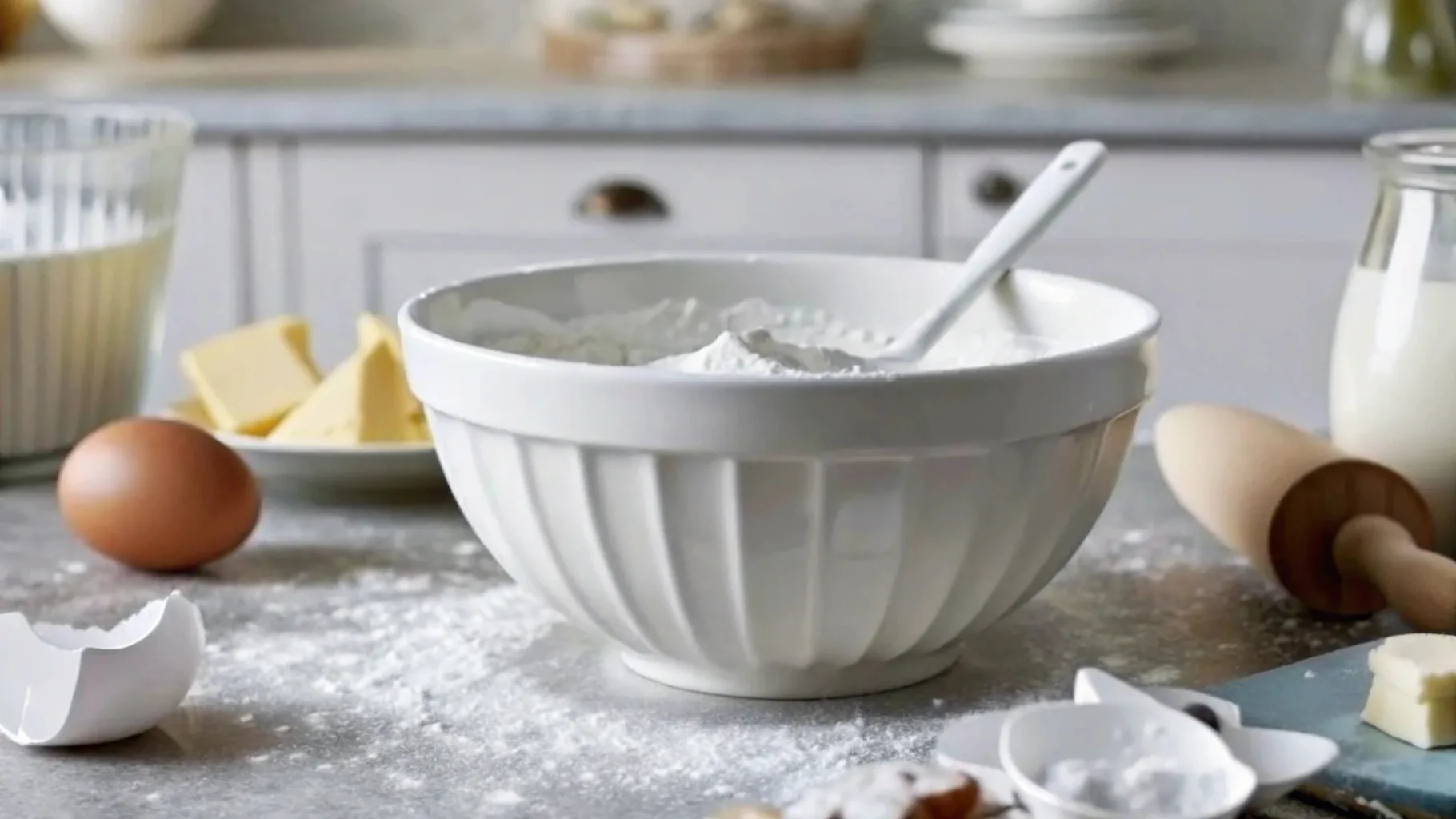
When it comes to cookies, every ingredient has a job to do. But if one of them isn’t pulling its weight—or worse, overdoing it—you’re left wondering “Why did my cookies come out so flat?” Let’s break down the common ingredient missteps that could be the culprits.
Why Butter Might Make Your Cookies Flat
Here’s the thing: butter can be tricky. If it’s melted instead of softened, your cookie dough will spread way too much in the oven. Why? Melted butter doesn’t hold air the way softened butter does, so your cookies won’t have the structure they need to stay thick and fluffy.
- Softened butter should feel squishy but not greasy. Think of it like room-temperature cheese—easy to spread but not runny.
- Melted butter works for brownies, sure, but for cookies? It’s a recipe for flat disaster.
Quick Fix: Pop your butter in the fridge for 10–15 minutes if it feels too soft. And never microwave butter to “soften” it—it melts unevenly!
The Effect of Baking Powder and Baking Soda
Ah, the leavening agents—baking powder and baking soda. They’re small, but boy, are they mighty. If you use too little (or forget them entirely), your cookies will barely rise. But too much can lead to spreading because the dough rises too quickly and then collapses.
- Baking soda gives cookies their rise by reacting with acidic ingredients.
- Baking powder works double-time, reacting with moisture and heat.
Pro Tip: Check the expiration date! Expired baking soda or powder won’t do the job.
Sugar Choices and Their Role in Flat Cookies
Did you know sugar can affect the texture of your cookies? Granulated sugar makes cookies crisp, while brown sugar adds moisture and makes them chewy. Too much sugar, though, and your cookies will spread like crazy.
- Granulated sugar: Great for thin, crispy cookies (if that’s your thing).
- Brown sugar: Adds moisture, but too much can make cookies overly soft and flat.
Fix It Fast: Stick to the sugar ratio in the recipe. Swapping sugars without adjusting the rest of the ingredients? That’s asking for flat cookies.
Environmental Factors That Affect Cookies
Sometimes, it’s not you or the recipe—it’s the environment. Things like humidity and altitude can mess with your baking results, leaving you scratching your head and muttering, “Why did my cookies come out so flat?”
Why Humidity Makes Cookies Flat
Humidity is the sneaky villain in the baking world. On humid days, the air carries more moisture, which your flour absorbs like a sponge. The extra moisture can throw off the balance of your dough, making it too wet and sticky to hold its shape.
- High humidity: Leads to softer, stickier dough that spreads more.
- Low humidity: Can dry out ingredients, making dough crumbly.
Pro Tip: On humid days, add an extra tablespoon of flour to your dough to offset the moisture.
Altitude Adjustments in Baking
If you’re baking in a high-altitude area, you’ve got another challenge. At higher altitudes, air pressure is lower, which makes liquids evaporate faster. This means your cookies can spread out too quickly and end up flat.
- High altitudes: Dough dries out, butter melts faster, and cookies flatten.
What to Do: Reduce sugar slightly and increase flour by a tablespoon or two. You can also lower the baking temperature by 10–15°F to give the cookies more time to set before the butter melts.
The Importance of Chilling Dough
If you’re skipping the step to chill your cookie dough, you’re probably asking yourself later, “Why did my cookies come out so flat?” Chilling isn’t just for looks—it’s a simple trick that can transform your cookies from floppy to fabulous. Here’s why you should always give your dough some chill time.
Why Chilling Dough Stops Cookies from Spreading Flat
Warm dough is a recipe for disaster. The butter melts too quickly in the oven, causing the cookies to spread before the edges even have a chance to set. Chilling the dough allows the fats to firm up, so your cookies hold their shape as they bake. Plus, cold dough takes longer to spread, giving the cookies time to rise and develop texture.
- Key Benefit: Your cookies stay thick and chewy instead of flat and crispy.
Quick Tip: If you’re in a rush, pop your dough in the freezer for 15 minutes—it’s a game-changer.
How Long to Chill Dough to Avoid Flat Cookies
There’s no one-size-fits-all answer here, but a good rule of thumb is at least 30 minutes for most cookie recipes. For richer cookies, like chocolate chip, chilling for a few hours or even overnight can improve flavor and texture.
- Short Chill (30 minutes): Good for standard cookie recipes.
- Overnight Chill: Ideal for cookies that need a deeper flavor, like oatmeal or molasses.
For more tips and another cookie-related recipe, check out this article on Cool Whip cookies to explore different dough textures.
Baking Technique Issues
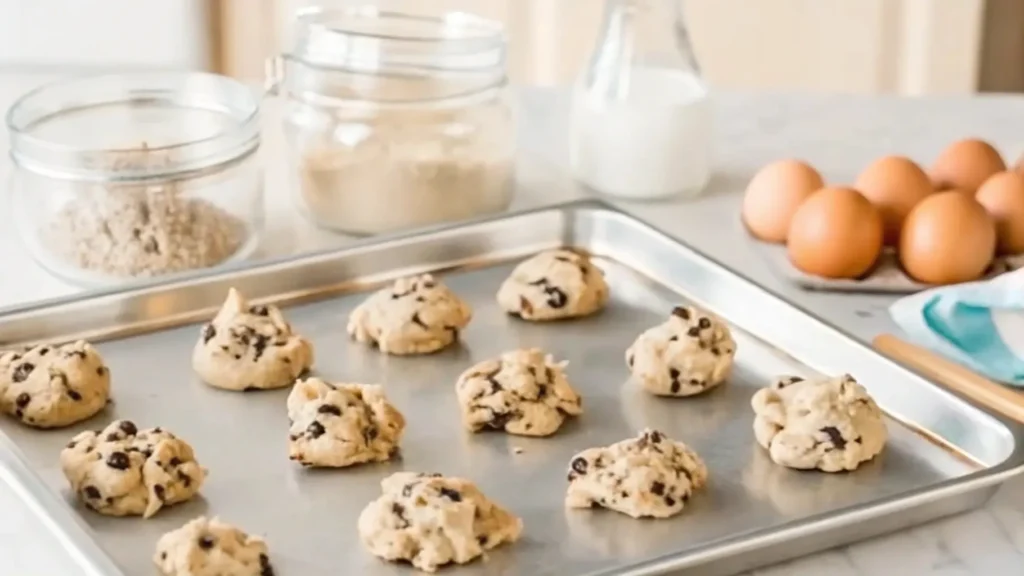
Even the best dough can fall flat—literally—if your baking techniques are off. Let’s look at some common mistakes that could leave you wondering, “Why did my cookies come out so flat?”
Using Parchment Paper or Silicone Mats
Your baking surface matters more than you’d think. Greased pans might seem fine, but they actually encourage spreading. Parchment paper or silicone mats, on the other hand, provide just enough grip to keep the dough from sliding all over the place.
- Parchment Paper: Keeps cookies from sticking and reduces spreading.
- Silicone Mats: A reusable, eco-friendly option that holds dough in place.
Spacing Cookies Properly
Here’s a rookie mistake: crowding the baking sheet. When cookies are too close together, they don’t have room to spread evenly, which can lead to uneven baking and—you guessed it—flat cookies.
- Leave at least 2 inches between each cookie.
- Use multiple baking sheets if you’re baking a big batch.
Preheating the Oven
Not preheating your oven is like jumping into a car without warming it up on a freezing day—it just doesn’t work. If the oven isn’t hot enough, the butter melts too quickly, causing the cookies to spread out before the edges have set.
- Preheat your oven for at least 10 minutes.
- Use an oven thermometer to make sure the temperature is accurate.
For more troubleshooting tips, check out this article on why cookies turn out flat. It’s packed with relatable advice to fix your cookie woes.
How to Fix Flat Cookies
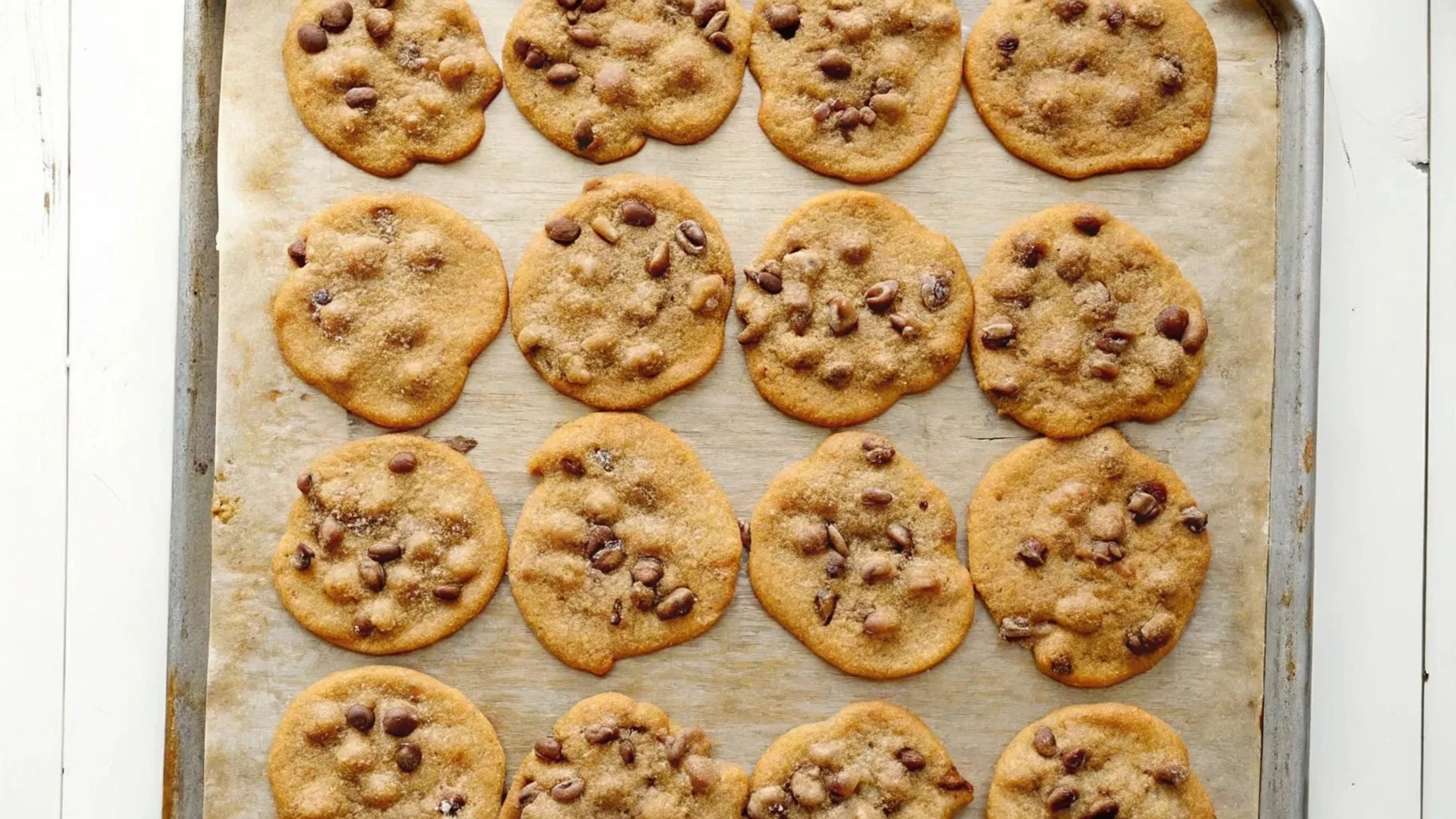
If your latest batch of cookies flopped (literally), don’t worry! Figuring out “Why did my cookies come out so flat?” is only half the battle—now it’s time to fix the problem. Here are a few quick fixes to save your cookies and make sure your next batch turns out just right.
Quick Adjustments to Dough
Sometimes, you can rescue flat cookies with a few simple tweaks. If your dough is too soft or sticky, try these fixes:
- Add More Flour: Mix in a tablespoon of flour at a time to stiffen the dough. This helps prevent excessive spreading.
- Chill the Dough: Pop it in the fridge for 30 minutes to firm up the butter and give the cookies structure.
Pro Tip: If you’ve already baked the cookies, they’ll still taste great even if they’re flat! Pair them with ice cream, and no one will complain.
Experimenting with Ratios
Your recipe’s ingredient ratios might need a little adjustment. For example:
- Too much butter can make the dough too greasy.
- Too little flour means the dough lacks structure.
If you’re not ready to change the recipe completely, bake a small test batch first. This way, you can adjust as needed without wasting the entire dough.
Tips for Preventing Flat Cookies in the Future
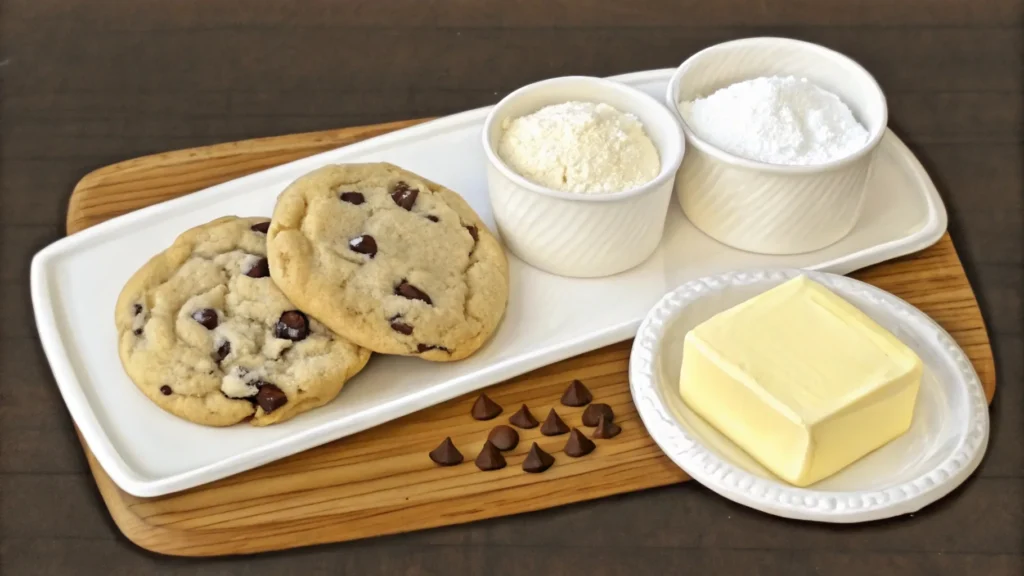
Once you’ve solved the mystery of “Why did my cookies come out so flat?” it’s time to prevent it from happening again. A little preparation goes a long way toward perfect cookies every time.
Mastering the Basics of Measurements
Baking is more precise than cooking—it’s not the time to eyeball ingredients. Use these tips to stay on track:
- Invest in a Kitchen Scale: Measuring by weight is more accurate than using cups.
- Level Off Your Ingredients: Use a straight edge to level flour and other dry ingredients.
Understanding Cookie Recipes
Not all cookie recipes are created equal. Some are designed to produce thin, crispy cookies, while others are meant to be soft and fluffy.
- Read the Recipe Carefully: Check if the recipe mentions chilling or specific butter types.
- Stick to Tested Recipes: For consistent results, rely on trusted sources.
If you’re looking for other cookie ideas, check out this recipe for Cool Whip cookies—a fun twist to try at home!
FAQs
Cookies are one of the easiest things to bake, but they also come with plenty of questions. If you’ve been wondering, “Why did my cookies come out so flat?” or have other baking dilemmas, you’re not alone! Here are answers to some of the most common cookie-related questions.
Why Did My Cookies Come Out So Flat?
Flat cookies happen when something goes off balance in your recipe, technique, or environment. The most common reasons include:
- Butter melting too fast because the dough wasn’t chilled.
- Too little flour, which makes the dough too soft.
- Oven temperature being too hot or not accurate.
To prevent this, always double-check your measurements, preheat your oven, and chill your dough before baking.
How Can I Make My Cookies Fluffier Instead of Flat?
Want fluffier cookies? Here’s how:
- Use softened butter, not melted.
- Add an extra tablespoon of flour to stiffen the dough.
- Chill the dough for at least 30 minutes before baking.
These small changes can make a big difference in how your cookies rise.
How Do I Keep My Cookies from Going Flat?
Consistency is key when baking cookies. To keep them from spreading:
- Use parchment paper or silicone mats instead of greasing the baking sheet.
- Space cookies at least 2 inches apart.
- Avoid overmixing the dough, which can break down the flour and butter structure.
Can You Over Whip Cookie Dough?
Yes, overmixing cookie dough can lead to flat cookies. When you whip too much air into the dough, the cookies rise quickly in the oven but then collapse as they cool. To avoid this, mix ingredients until they’re just combined.
For more tips, check out this article on preventing flat cookies. It’s a helpful guide for solving common cookie problems.
Conclusion
At the end of the day, baking is as much about trial and error as it is about following a recipe. If you’ve been asking yourself, “Why did my cookies come out so flat?” now you know the most likely culprits—and how to fix them. From measuring your ingredients carefully to chilling your dough and checking your oven temperature, small changes can lead to big improvements.
And remember, even flat cookies are still cookies! Whether you sandwich them with frosting or crumble them over ice cream, they’re always delicious. So, don’t stress too much about perfection—just enjoy the process and the sweet rewards. Happy baking!
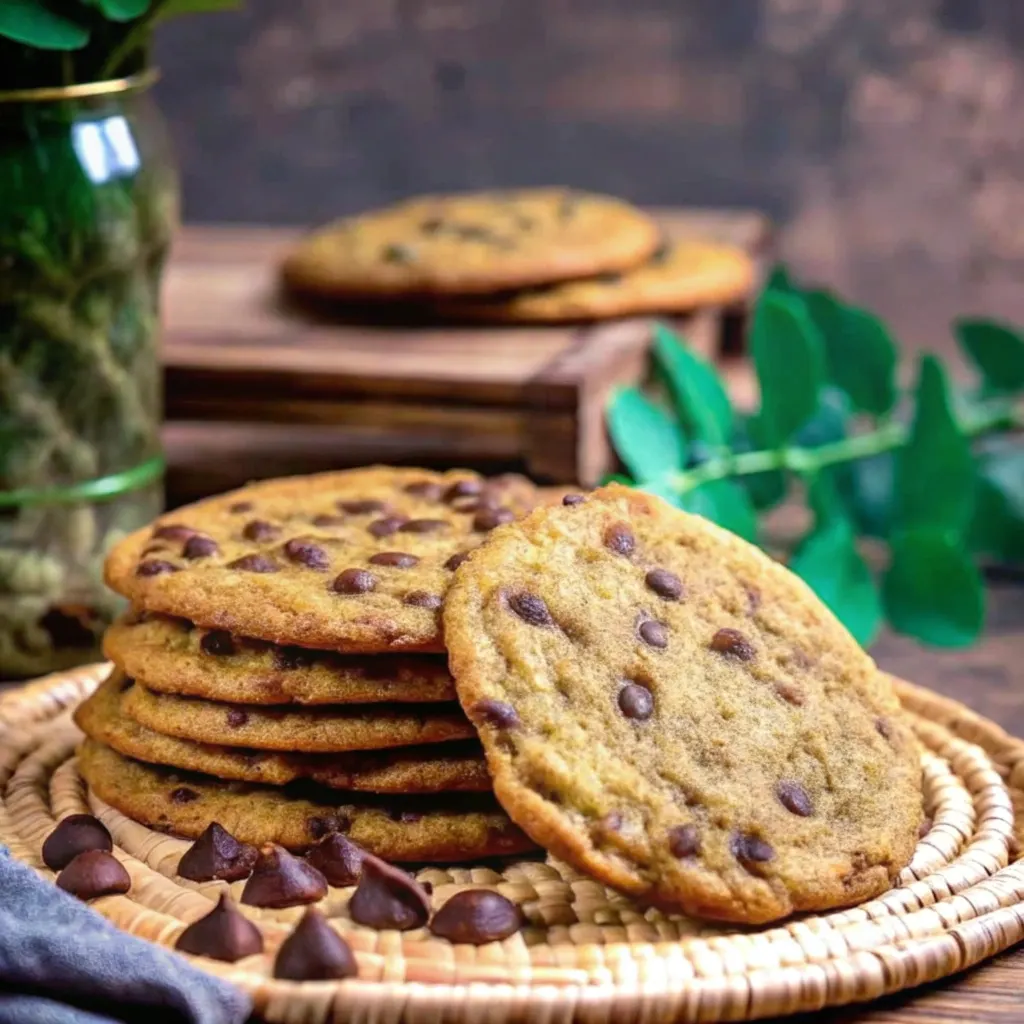



1 thought on “Why Did My Cookies Come Out So Flat?”